Home>Furniture>Outdoor Furniture>What To Grow In A Patio Garden
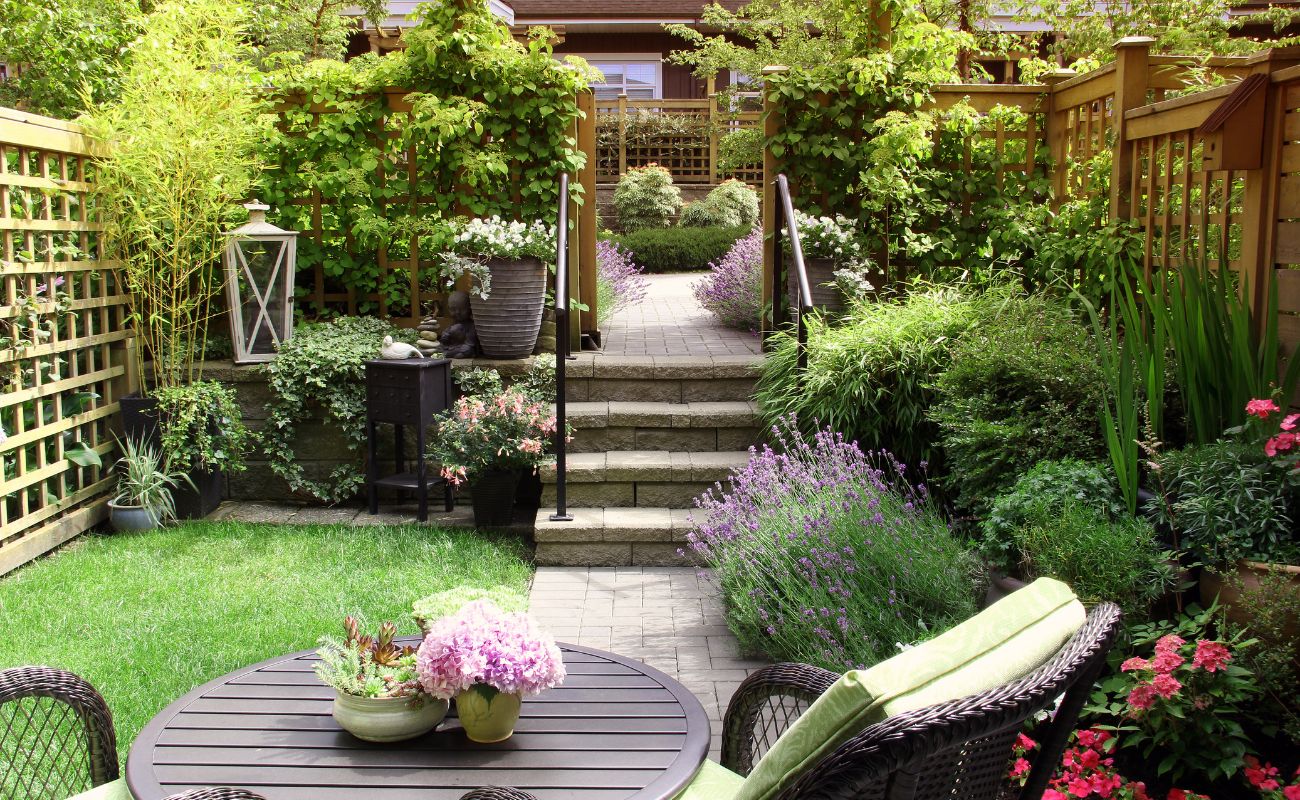

Outdoor Furniture
What To Grow In A Patio Garden
Modified: March 7, 2024
Discover the perfect outdoor furniture for your patio garden and transform it into a cozy oasis. Explore our selection of stylish and durable pieces today!
(Many of the links in this article redirect to a specific reviewed product. Your purchase of these products through affiliate links helps to generate commission for Storables.com, at no extra cost. Learn more)
Introduction
Welcome to the wonderful world of patio gardening! Whether you have a small balcony, a cozy courtyard, or a spacious patio, creating a garden in your outdoor space can bring nature right to your doorstep. Patio gardening offers a multitude of benefits, from providing fresh herbs and vegetables for cooking to creating a vibrant and relaxing outdoor oasis. In this article, we will explore the joys of patio gardening and provide you with tips on choosing the right plants, container gardening techniques, and how to care for your patio garden.
One of the incredible benefits of patio gardening is the convenience it offers. With a patio garden, you don’t have to worry about the limitations of space or the challenges of traditional gardening. Even if you live in a small apartment or a house with a tiny courtyard, a patio garden allows you to enjoy the pleasures of gardening without a sprawling backyard. You can transform your outdoor space, no matter how compact, into a green haven where you can relax, entertain, and indulge in the beauty of nature.
When it comes to choosing the right plants for your patio garden, the options are endless. You can grow a wide variety of herbs, vegetables, fruits, and flowers, depending on your preferences and the available sunlight in your outdoor space. Herbs like basil, mint, rosemary, and thyme are excellent choices for patio gardens as they thrive in containers and can be easily harvested for culinary use. Imagine stepping outside your door to snip some fresh herbs for your recipes!
If you are a fan of homegrown vegetables, a patio garden can fulfill your desire for fresh produce. Leafy greens like lettuce, spinach, and kale are ideal for patio gardens as they require minimal space and grow well in containers. Tomatoes, peppers, and cucumbers are also fantastic choices that can be trained to climb trellises or stakes. Growing your own vegetables not only provides you with nutritious and flavorful food but also creates a sense of accomplishment and self-sufficiency.
For those with a sweet tooth, patio gardening can even offer the opportunity to grow your own fruits. Compact fruit trees like citrus varieties or dwarf apple and peach trees can thrive in large containers. Imagine plucking sweet and juicy fruits from your own patio garden. It’s a delight that cannot be replicated by store-bought produce.
Additionally, a patio garden wouldn’t be complete without colorful and fragrant flowers. From blooming annuals like petunias, marigolds, and pansies to perennial favorites like roses and lavender, flowers can add charm and beauty to your outdoor space. They can attract pollinators like bees and butterflies and create a peaceful and inviting atmosphere in your patio garden. Not to mention, the joy of watching your flowers bloom and thrive is truly priceless.
Now that we have explored the benefits and possibilities of patio gardening, it’s time to dive into the details. In the following sections, we will delve into the best plants for patio gardens, container gardening tips, maintenance and care, and the delightful experience of harvesting and enjoying the fruits of your labor. So get ready to embark on a journey of gardening bliss as we unlock the secrets to a thriving patio garden!
Key Takeaways:
- Patio gardening offers a convenient way to grow fresh herbs, vegetables, fruits, and flowers in limited outdoor spaces, providing access to organic produce, stress relief, and a vibrant living environment.
- By choosing the right plants, providing regular care, and enjoying the process of gardening, individuals can create a thriving and beautiful patio garden, reaping the rewards of homegrown fruits and the joys of nature.
Read more: What To Grow In Garden
Benefits of Patio Gardening
Patio gardening brings a multitude of benefits that go beyond just adding beauty to your outdoor space. Here are some of the key advantages of having a patio garden:
1. Access to Fresh and Organic Produce: One of the most significant benefits of patio gardening is having easy access to fresh and organic fruits, vegetables, and herbs. By growing your own produce, you can ensure that it is free from harmful pesticides and chemicals. Harvesting your own herbs and vegetables allows you to enjoy flavors that are unparalleled to store-bought alternatives.
2. Utilization of Limited Space: Patio gardening is the perfect solution for those with limited outdoor space. Whether you live in an apartment or have a small yard, a patio garden allows you to make the most of the available area. By utilizing vertical gardening techniques and selecting compact plants, you can maximize your space and create a lush garden oasis.
3. Enhancement of Living Environment: Adding plants to your outdoor space can significantly improve the overall ambiance and aesthetics of your home. A patio garden introduces elements of nature that create a calming and welcoming atmosphere. The sight and scent of flowers, the sound of rustling leaves, and the presence of wildlife can all contribute to a more enjoyable living environment.
4. Stress Relief and Mental Well-being: Spending time in nature has been proven to reduce stress, anxiety, and promote mental well-being. Having a patio garden provides you with a peaceful retreat right outside your door. Whether you choose to tend to your plants, relax on a comfortable chair, or simply enjoy the sight and sounds of nature, your patio garden can serve as a sanctuary for relaxation and rejuvenation.
5. Eco-Friendly Practices: Patio gardening promotes eco-friendly practices such as reducing food waste, conserving water, and protecting biodiversity. By growing your own food, you can reduce reliance on commercially grown produce that often requires long-distance transportation, resulting in increased carbon emissions. Additionally, patio gardens allow you to compost kitchen scraps and utilize organic gardening methods, minimizing the use of synthetic fertilizers and pesticides.
6. Opportunity for Education and Learning: Patio gardening offers endless opportunities for learning and education. From understanding plant life cycles and the importance of pollinators to experimenting with different growing techniques, you can expand your knowledge and develop new skills. It’s a great way to involve children and teach them about nature, biology, and the rewards of nurturing living things.
7. Engagement in a Healthier Lifestyle: Patio gardening encourages a healthier and more active lifestyle. Tending to your plants, watering, weeding, and harvesting can all provide light physical exercise. The act of gardening itself has numerous health benefits, from reducing the risk of chronic diseases to improving hand-eye coordination and dexterity.
Overall, patio gardening is a rewarding and fulfilling activity that offers numerous benefits for both the environment and your well-being. Whether you are a beginner or an experienced gardener, creating a patio garden allows you to connect with nature, savor the joys of growing your own food, and enhance your outdoor living space. So, roll up your sleeves, grab your gardening tools, and embark on a journey of transforming your patio into a vibrant and green oasis!
Choosing the Right Plants for a Patio Garden
When it comes to selecting plants for your patio garden, there are a few key factors to consider. These include the amount of sunlight your outdoor space receives, the size of your containers, and your personal preferences. Here are some tips to help you choose the right plants for your patio garden:
1. Sunlight Requirements: Evaluate the amount of sunlight your patio receives throughout the day. Different plants have varying sunlight requirements, ranging from full sun (at least 6 hours of direct sunlight) to partial shade (3-6 hours of sunlight). Make note of the sunniest and shadiest spots in your patio and choose plants accordingly.
2. Container Size: Consider the size and depth of your containers when selecting plants. Smaller containers are suitable for compact plants like herbs, lettuce, and small-flowering annuals. Larger containers can accommodate vegetables and fruit-bearing plants. Ensure that your containers have drainage holes for proper water drainage.
3. Climate Adaptability: Take into account the climate and growing season in your region. Some plants thrive in cooler temperatures, while others prefer warmth and humidity. Choose plant varieties that are best suited for your local climate to ensure their success in your patio garden.
4. Plant Compatibility: Consider the compatibility of different plants if you plan to grow multiple varieties in the same container. Some plants have similar water and sunlight requirements and can be planted together, while others may have conflicting needs. Research companion planting and choose plants that complement each other’s growth and health.
5. Growing Time and Space: Determine the time it takes for plants to mature and the space they require. If you have limited space, choose plants that don’t spread too much or can be trellised or staked to save space. Additionally, opt for plants with shorter growing seasons if you live in a region with a shorter frost-free period.
6. Personal Preferences: Consider your personal preferences when choosing plants for your patio garden. Think about the types of herbs, vegetables, fruits, or flowers you enjoy. If you love cooking with fresh herbs, prioritize herbs like basil, cilantro, and parsley. If you have a sweet tooth, explore options for growing berries or small fruits.
7. Experimentation: Don’t be afraid to experiment and try new plants in your patio garden. Gardening is a learning experience, and trying new varieties can be exciting and rewarding. Start with a few tried and tested plants, but also be open to discovering new favorites along the way.
Some popular plants that thrive in patio gardens include:
– Herbs: Basil, mint, rosemary, thyme, oregano
– Vegetables: Lettuce, spinach, tomatoes, peppers, cucumbers
– Fruits: Strawberries, blueberries, dwarf citrus trees
– Flowers: Petunias, marigolds, pansies, geraniums, begonias
Remember to provide regular care such as watering, fertilizing, and pruning as needed. Enjoy the process of watching your plants grow and the satisfaction of harvesting fresh produce and vibrant blooms from your patio garden!
Herbs for a Patio Garden
Herbs are an excellent choice for a patio garden as they are easy to grow, require minimal space, and add a burst of flavor to your culinary creations. Whether you’re a seasoned chef or just enjoy cooking at home, having a selection of fresh herbs at your fingertips will elevate your dishes to new heights. Here are some popular herbs to consider for your patio garden:
1. Basil: Basil is a versatile and aromatic herb that adds a fresh and slightly peppery flavor to dishes. Choose from varieties like Genovese basil for traditional basil flavor or try Thai basil for a hint of licorice. Basil loves warm weather and requires at least 6 hours of sunlight per day.
2. Mint: Mint is a refreshing herb that is known for its invigorating aroma and cooling flavor. It’s perfect for adding to beverages like mojitos or infusing in teas. Mint can be invasive, so it’s best to grow it in containers to control its spread. Choose from different varieties like spearmint or peppermint.
3. Rosemary: Rosemary is a woody and aromatic herb that adds a distinctive pine-like flavor to dishes. It’s great for seasoning roasted meats, potatoes, and vegetables. Rosemary prefers full sun and well-drained soil.
4. Thyme: Thyme is a versatile herb that comes in various flavors, such as lemon thyme, French thyme, and English thyme. It is a key ingredient in Mediterranean cuisine and pairs well with poultry, fish, and vegetables. Thyme is drought-tolerant and prefers well-drained soil.
5. Oregano: Oregano is a pungent and flavorful herb that is commonly used in Italian and Greek cuisines. It adds depth to pasta sauces, pizza, and grilled dishes. Greek oregano and Italian oregano are the most common varieties, with slightly different flavors and growth habits.
6. Parsley: Parsley is a widely used herb that is known for its bright and fresh taste. Flat-leaf parsley is great for flavoring soups, stews, and salads, while curly-leaf parsley adds visual appeal as a garnish. It prefers partial shade and moist soil.
7. Cilantro: Cilantro, also known as coriander, has a distinctive flavor that adds a zesty kick to Mexican, Indian, and Asian cuisines. Its leaves are commonly used as a garnish or in salsas and curries. Cilantro prefers cooler temperatures and partial shade.
To grow herbs in a patio garden, choose containers that are at least 6-8 inches deep with good drainage. Use well-draining potting soil and water herbs regularly, allowing the soil to dry out slightly between waterings. Fertilize herbs every few weeks with a balanced fertilizer to ensure healthy growth.
Harvest herbs by snipping off leaves and stems as needed, being careful not to remove more than a third of the plant at once. Regular harvesting helps promote bushier growth and ensures you have a fresh supply of herbs for your culinary endeavors.
Having a selection of fresh herbs just steps away from your kitchen is a game-changer, enhancing the flavors and aromas of your dishes. So, start your patio herb garden and elevate your cooking with the tantalizing tastes of homegrown herbs!
Vegetables for a Patio Garden
Imagine stepping outside onto your patio and plucking ripe, fresh vegetables straight from your garden. With a patio garden, you can grow a variety of tasty and nutritious vegetables right in the comfort of your outdoor space. Whether you’re a beginner or an experienced gardener, here are some vegetables that are well-suited for patio gardens:
1. Lettuce: Lettuce is an easy-to-grow vegetable that thrives in containers. It’s perfect for salads and sandwiches, providing a fresh and crisp taste. Select loose-leaf or baby lettuce varieties for continuous harvesting, or choose a head lettuce variety if you prefer larger heads.
2. Spinach: Spinach is a nutrient-rich green that is packed with vitamins and minerals. It grows well in containers and can be harvested by picking individual leaves or cutting the entire plant. Spinach prefers cooler temperatures, so it’s best to grow it in spring or fall.
3. Tomatoes: Tomatoes are a patio garden favorite, with a wide range of varieties to choose from. Compact and determinate varieties, such as cherry tomatoes or patio tomatoes, work well in containers. Provide support like stakes or cages for the plants to grow upright, and enjoy the juicy, homegrown tomatoes all season long.
4. Peppers: Peppers thrive in the warmth of a patio garden and are available in both sweet and hot varieties. Bell peppers, banana peppers, and jalapenos are popular choices that add flavor and color to your dishes. Choose compact varieties that are suitable for containers, and provide support as the plants grow.
5. Cucumbers: Cucumbers are a refreshing and versatile vegetable that can be enjoyed fresh, pickled, or in salads. There are compact cucumber varieties that are perfect for patio gardens. Trellising cucumbers helps save space and encourages healthy vine growth. Ensure your containers are large enough to accommodate the sprawling vines.
6. Radishes: Radishes are quick-growing root vegetables that add a crisp and peppery flavor to salads and sides. They are great for beginner gardeners due to their fast germination and harvest time. Choose round or cylindrical varieties, and sow seeds directly into your containers for a continuous supply.
7. Carrots: Carrots are a nutritious and sweet vegetable that can be grown in patio containers. Look for shorter or baby carrot varieties that are suitable for container gardening. Ensure your containers have sufficient depth to accommodate the carrot roots, and provide loose and well-draining soil for optimal growth.
8. Green Beans: Green beans are a productive and versatile vegetable that can thrive in containers. Bush bean varieties are compact and do not require support, making them ideal for patio gardens. Enjoy the crisp and tender beans in stir-fries, salads, or as a side dish.
9. Scallions: Scallions, also known as green onions, are easy to grow and add a mild onion flavor to various dishes. They can be grown from seeds or by planting seedlings in containers. Harvest scallions by cutting them just above the soil line, allowing for new growth to emerge.
10. Zucchini: Zucchini is a prolific summer squash that can be grown in large containers on a patio. Choose compact or bush varieties to save space. Regular harvesting of zucchini encourages continuous production and prevents the fruits from becoming overly large.
Remember to provide regular watering, fertilization, and proper drainage for your vegetable plants. Some plants may need support structures like stakes or trellises to keep them upright and to maximize space. Regularly check for pests and diseases, and address any issues promptly to ensure healthy plant growth.
Growing vegetables in a patio garden allows you to enjoy the flavors and satisfaction of homegrown produce, while making the most of your limited outdoor space. So, get your hands dirty and savor the joys of tending to your own vegetable garden right on your patio!
Read more: What Herbs To Grow In A Vertical Garden
Fruits for a Patio Garden
Imagine the pleasure of picking and eating fresh, juicy fruits from your very own patio garden. While it may seem like a challenge to grow fruit-bearing plants in a limited space, there are several varieties that thrive in containers and can bring the joy of homegrown fruits right to your outdoor oasis. Here are some fruits that are well-suited for patio gardens:
1. Strawberries: Strawberries are a perfect choice for a patio garden as they are compact and can be grown in pots or hanging baskets. Choose everbearing or day-neutral varieties for continuous harvesting throughout the growing season. Strawberries require at least 6 hours of direct sunlight per day and regular watering.
2. Blueberries: Blueberries are nutrient-packed fruits that are well-suited for patio gardens. Look for dwarf or compact varieties, such as “Sunshine Blue” or “Top Hat,” which can thrive in containers. Blueberries prefer acidic soil and require consistent moisture and well-draining soil.
3. Dwarf Citrus Trees: Dwarf citrus trees, such as lemons, limes, and oranges, can thrive in large containers on a patio. They provide both ornamental value with their fragrant blossoms and delicious fruits. Ensure that your patio receives ample sunlight, and use well-draining soil formulated for citrus trees. Regular watering and occasional fertilization will promote healthy growth.
4. Fig Trees: Fig trees can be a beautiful addition to a patio garden, with their distinctive lobed leaves and sweet fruits. Look for compact or dwarf varieties like “Petite Negra” or “Little Ruby” that can be easily maintained in containers. Fig trees enjoy full sun and well-draining soil, and they require regular watering.
5. Raspberries: Raspberries can be grown in containers on a patio with proper support. Choose compact varieties like “Raspberry Shortcake” or “Raspberry Shortie” that can be trellised or staked in the containers. Raspberries need at least 6 hours of sunlight per day and consistent moisture to thrive.
6. Blackberries: Blackberries can be grown in containers, making them suitable for patio gardens. Select thornless or compact varieties like “Baby Cakes” or “Black Cascade” that don’t take up too much space but still produce abundant fruits. Provide support like stakes or trellises, and ensure the containers have good drainage.
7. Dwarf Apple Trees: Dwarf apple trees are specifically bred to be compact and suitable for container gardening. Look for varieties like “Cox’s Orange Pippin” or “Granny Smith” that are self-fertile and can thrive in containers. Place the trees in an area that receives full sun, and provide regular pruning and fertilization.
When planting fruit-bearing plants in containers, be sure to choose containers that are large enough to accommodate root growth and have drainage holes to prevent waterlogging. Use high-quality potting soil or a mix specifically formulated for fruit plants. Regular watering, fertilization, and pest management are essential for the health and productivity of your fruit plants.
Growing fruits in your patio garden not only provides you with a tasty harvest but also adds beauty and diversity to your outdoor space. So, start planting your favorite fruits and get ready to enjoy the delightful experience of homegrown fruits right from your patio!
Consider growing herbs like basil, mint, and rosemary in your patio garden. They are easy to care for, don’t take up much space, and can be used in cooking or for making herbal teas.
Flowers for a Patio Garden
Adding a splash of color, beauty, and fragrance to your patio garden is made easy with the wide variety of flowers available to grow in containers. Whether you have a small balcony or a spacious patio, filling your outdoor space with vibrant blooms can create a cheerful and inviting atmosphere. Here are some flowers that are perfect for a patio garden:
1. Petunias: Petunias are popular bedding plants known for their bright and abundant blooms. They come in various colors and patterns, such as solid, striped, or bi-colored. Petunias are relatively easy to grow in containers and thrive in full sun. Regular deadheading and fertilizing promote continuous blooming.
2. Marigolds: Marigolds are cheerful, low-maintenance flowers that add a pop of color to any patio garden. They are available in shades of orange, yellow, and red, and their distinct fragrance can help deter pests from nearby plants. Marigolds prefer full sun, and regular deadheading encourages more blooms.
3. Pansies: Pansies are cool-season flowers that bring a burst of color to your patio garden in spring and fall. They come in a wide range of colors and have unique “faces” on their petals. Pansies thrive in both sun and partial shade and are relatively low-maintenance.
4. Geraniums: Geraniums are popular flowering plants that are known for their vibrant blooms and distinctive foliage. They come in various colors, including red, pink, and white. Geraniums prefer full sun and well-draining soil. Deadheading spent blooms and regular watering help promote continuous flowering.
5. Begonias: Begonias are versatile plants that offer a variety of bloom types, including double-flowered, ruffled, and trailing varieties. They come in various colors and thrive in partial shade to full shade. Begonias are great for adding texture and interest to your patio garden.
6. Lavender: Lavender is a fragrant herb that not only brings beauty to your patio garden but also provides a soothing aroma. It has lovely purple flowers that attract pollinators like bees and butterflies. Lavender requires full sun and well-draining soil. Regular pruning encourages bushier growth.
7. Salvia: Salvia, also known as sage, is a versatile flowering plant with spiky blooms in shades of blue, purple, and red. It attracts hummingbirds and butterflies, making it a delightful addition to any patio garden. Salvia thrives in full sun and well-draining soil. Deadheading spent blooms prolongs the flowering period.
8. Begonias: Begonias are versatile plants that offer a variety of bloom types, including double-flowered, ruffled, and trailing varieties. They come in various colors and thrive in partial shade to full shade. Begonias are great for adding texture and interest to your patio garden.
9. Impatiens: Impatiens are vibrant and shade-tolerant plants that bloom abundantly all season long. They come in a range of colors, including pink, red, and white. Impatiens are ideal for adding color to shady spots in your patio garden. Regular watering and fertilization help maintain healthy, blooming plants.
10. Verbena: Verbena is a heat-tolerant flower that produces clusters of small blooms in vibrant colors. It is a popular choice for hanging baskets, containers, and window boxes. Verbena thrives in full sun and well-draining soil. Deadheading spent blooms promotes continuous flowering.
Remember to consider the sunlight conditions and growing requirements of each flower when planning your patio garden. Consider the height and spread of the plants to ensure they fit well in your containers. Regular watering, fertilization, and deadheading will help keep your flowers healthy and blooming throughout the season.
With the right selection of flowers, your patio garden can be transformed into a vibrant and inviting space that brings you joy and visual delight. So, surround yourself with the beauty of nature and enjoy the colors and fragrances of your blooming patio garden!
Container Gardening Tips
Container gardening is a fantastic option for those with limited space or lack of a traditional garden. Whether you have a small balcony or a spacious patio, you can create a flourishing garden by utilizing containers. Here are some helpful tips to ensure success with your container gardening endeavors:
1. Choose the Right Containers: Select containers that are appropriate for the plants you wish to grow. Consider the size and depth of the containers, ensuring they provide enough room for plant roots to grow. Look for containers made of durable materials that can withstand outdoor conditions. Ensure that your containers have sufficient drainage holes to prevent waterlogging.
2. Use High-Quality Potting Soil: Invest in high-quality potting soil that is lightweight, well-draining, and enriched with organic matter. Avoid using garden soil, as it can become compacted and hinder root growth in containers. Good potting soil provides the essential nutrients and aeration your plants need for healthy growth.
3. Consider Plant Compatibility: When planting multiple plants in one container, consider their compatibility in terms of sunlight and water requirements. Choose plants that have similar needs to ensure they thrive together. Avoid overcrowding the container to allow sufficient space for each plant to grow.
4. Place Containers in the Right Location: Assess the sunlight conditions in your outdoor space and place your containers accordingly. Most plants require at least 6-8 hours of direct sunlight per day. If you have limited sunlight, choose plants that tolerate shade. Consider the microclimates of your patio or balcony, such as areas that may be more sheltered or exposed to wind, and position your containers accordingly.
5. Water Regularly: Container plants tend to dry out more quickly than those in the ground, so regular watering is essential. Check the moisture level of the soil regularly and water when the top inch feels dry. Be mindful not to overwater, as this can lead to root rot. Adjust your watering schedule based on the specific needs of your plants and the weather conditions.
6. Fertilize appropriately: Container plants benefit from regular fertilization to ensure healthy growth and continuous blooming. Choose a balanced, slow-release fertilizer or use a liquid fertilizer diluted according to the package instructions. Avoid over-fertilization, as excessive nutrients can cause harm to your plants.
7. Prune and Deadhead: Regular pruning and deadheading help promote bushier growth, control size, and encourage continuous flowering in your container plants. Remove spent blooms, damaged leaves, and any unwanted growth to keep your plants healthy and aesthetically pleasing.
8. Monitor Pests and Diseases: Keep an eye out for common pests and diseases that can affect container plants. Inspect your plants regularly for signs of damage or infestation, such as chewed leaves, discoloration, or wilting. Address any issues promptly with appropriate treatments to prevent further damage.
9. Rotate and Refresh: Rotate your containers periodically to ensure all sides of the plants receive equal sunlight. Additionally, refresh your containers by replacing tired or spent plants with new ones to maintain a vibrant and visually appealing garden throughout the seasons.
10. Enjoy the Process: Container gardening is a wonderful way to express your creativity and nurture plants in a small space. Enjoy the process of selecting, planting, and caring for your container plants. Observe how they grow and flourish, and take pride in creating your very own mini garden oasis.
With these container gardening tips in mind, you can create a thriving and beautiful garden in even the smallest of outdoor spaces. So, gather your containers, choose your favorite plants, and embark on the rewarding journey of container gardening!
Maintenance and Care for a Patio Garden
Maintaining and caring for your patio garden is essential to ensure the health and vitality of your plants. With regular attention and proper care, your garden will thrive and bring you joy throughout the growing season. Here are some maintenance and care tips to keep your patio garden flourishing:
1. Watering: Regular watering is crucial for the well-being of your patio garden. Monitor the moisture levels of the soil and water when the top inch feels dry. Be mindful not to overwater or allow water to accumulate in the containers, as this can lead to root rot. Consider the specific watering needs of each plant and adjust accordingly.
2. Fertilization: Provide your plants with the necessary nutrients by fertilizing regularly. Choose a balanced fertilizer or a specialized formula for the types of plants you are growing. Follow the instructions on the fertilizer packaging for application rates and frequency. Avoid over-fertilizing, as excessive nutrients can damage your plants.
3. Pruning and Deadheading: Prune your plants as needed to maintain their shape and encourage healthy growth. Remove any dead, damaged, or diseased foliage. Deadhead spent flowers regularly to promote continuous blooming and prevent the plants from putting energy into seed production.
4. Pest and Disease Management: Monitor your patio garden for common pests and diseases that can affect your plants. Inspect the leaves, stems, and flowers regularly for signs of damage or infestation. If you notice any issues, take appropriate measures like using organic pest control methods or seeking professional advice to protect your plants.
5. Weeding: Keep your patio garden free from weeds that can compete with your plants for nutrients and water. Regularly inspect your containers and remove any weeds as soon as they appear. Be careful when weeding to avoid disturbing the roots of your plants.
6. Support and Staking: Some plants, such as tomatoes or climbing vines, may require support or staking to maintain their upright growth. Place stakes or trellises in the containers early on to avoid damaging the roots later. Regularly check the stability of the supports and adjust them as the plants grow.
7. Monitor Sunlight: Keep an eye on the sunlight conditions in your patio garden. Some plants may require more or less sunlight than others. If necessary, adjust the placement of your containers to ensure each plant receives the optimal amount of sunlight.
8. Seasonal Care: As the seasons change, so do the needs of your patio garden. Adequately prepare your plants for winter by protecting them from frost or bringing them indoors, depending on their hardiness. In spring, clean out containers, refresh the potting soil, and replant as needed.
9. Mulching: Apply a layer of organic mulch to the top of the soil in your containers to help retain moisture, regulate soil temperature, and suppress weeds. Mulching also adds a finished look to your patio garden.
10. Observation and TLC: Pay attention to your plants and their specific needs. Observe any changes in growth, appearance, or behavior. Provide additional care, such as pruning, adjusting watering schedules, or moving containers to more suitable locations if necessary.
Remember, each plant has its own care requirements, so familiarize yourself with the needs of the plants in your patio garden. By tending to your patio garden with regular maintenance and care, you will ensure the health and longevity of your plants, allowing them to blossom and bring beauty to your outdoor space.
Read more: How To Grow Garden
Harvesting and Enjoying the Fruits of Your Patio Garden
One of the most rewarding aspects of having a patio garden is reaping the bountiful harvest of your efforts. As your fruits grow and ripen, it’s time to enjoy the delicious flavors and nourishment they provide. Here are some tips for harvesting and savoring the fruits of your patio garden:
1. Timing: Harvest your fruits at the optimal time to ensure the best taste and texture. Each fruit has different indicators of ripeness, such as color, texture, or scent. Consult gardening resources or plant-specific guides to learn when to harvest your particular fruits. Remember, patience is key – allow your fruits to fully mature before picking them.
2. Gentle Handling: When it’s time to harvest, handle the fruits with care to prevent bruising or damage. Use scissors or pruners to cut the fruits from the plant, especially for delicate fruits like berries. Avoid pulling or tugging on the fruits, as this can harm both the fruit and the plant.
3. Storing: Some fruits can be enjoyed immediately, while others benefit from a short period of post-harvest ripening. Follow specific storage guidelines for each fruit to ensure optimal freshness and flavor. Store fruits in a cool, dry place or in the refrigerator, if recommended. Proper storage helps prolong the shelf life of your harvested fruits.
4. Culinary Delights: Take full advantage of the freshly harvested fruits by incorporating them into your favorite recipes. From pies and preserves to smoothies and salads, there are endless possibilities. Experiment with different flavor combinations and culinary creations to make the most of your homegrown produce.
5. Sharing the Bounty: If your patio garden has produced an abundance of fruits, consider sharing the bounty with friends, family, or neighbors. Spread the joy of homegrown fruits by gifting some of your harvest. Not only does this promote community and connection, but it also allows others to appreciate the fruits of your labor.
6. Preservation: If you have a surplus of fruits, consider preserving them for later use. Freezing, canning, or drying fruits can help extend their shelf life and allow you to enjoy them throughout the year. Research preservation methods that best suit the type of fruits you’ve grown and follow proper food safety protocols.
7. Indulge in Freshness: There is nothing quite like the experience of biting into a ripe, freshly harvested fruit. Take a moment to savor the flavors, textures, and aromas of your patio garden’s offerings. Share the experience with loved ones and revel in the satisfaction of knowing that you’ve provided nourishment for yourself and those around you.
8. Reflection and Appreciation: Harvesting fruits from your patio garden provides an opportunity for reflection and appreciation for the wonders of nature and the process of gardening. Take a moment to marvel at the journey your plants have undergone, from seeds or seedlings to fruitful maturity. Acknowledge the work and dedication you’ve invested in nurturing your garden.
Remember, the fruitfulness of your patio garden is a testament to your efforts and care. Enjoy the literal fruits of your labor and take pride in the flavors and nourishment that your plants have provided. Whether you enjoy them fresh, preserve them for later use, or share them with others, relish in the gratifying experience of harvesting and savoring the fruits of your patio garden.
Conclusion
Creating a patio garden is a wonderful way to connect with nature, maximize your outdoor space, and enjoy the many benefits of gardening. From the convenience of having fresh herbs and vegetables at your fingertips to the beauty of blooming flowers and the delight of homegrown fruits, a patio garden offers a multitude of rewards. By following the tips and guidelines shared in this article, you can create a thriving and beautiful garden right outside your door.
Choosing the right plants for your patio garden is important. Consider the sunlight conditions, container size, and your personal preferences when selecting herbs, vegetables, fruits, and flowers. Be mindful of plant compatibility and plan your garden layout accordingly. Remember to provide proper care and maintenance, including watering, fertilizing, pruning, and pest management. Regularly assess the health and needs of your plants to ensure their vitality.
Harvesting the fruits of your patio garden is a joyful experience. Time your harvests correctly, handle the fruits gently, and store them properly to prolong their freshness. Explore culinary creations with your homegrown produce and share the bounty with others. Take a moment to appreciate the flavors and nourishment that your patio garden provides.
As you tend to your patio garden, remember to enjoy the process itself. Gardening is a journey of discovery, growth, and fulfillment. Observe the progress of your plants, learn from successes and challenges, and take pride in the beauty you’ve created. Embrace the opportunity to connect with nature, find solace and relaxation, and revel in the wonders of the natural world.
Whether you have a small balcony or a spacious patio, a patio garden enables you to create your personal sanctuary, surrounded by the beauty and bounty of nature. Embrace the possibilities, unleash your creativity, and let your patio garden flourish. Whether you’re a seasoned gardener or just starting out, the rewards of a patio garden are endless. So, grab your tools, explore plant options, and embark on this delightful journey of gardening bliss!
Frequently Asked Questions about What To Grow In A Patio Garden
Was this page helpful?
At Storables.com, we guarantee accurate and reliable information. Our content, validated by Expert Board Contributors, is crafted following stringent Editorial Policies. We're committed to providing you with well-researched, expert-backed insights for all your informational needs.
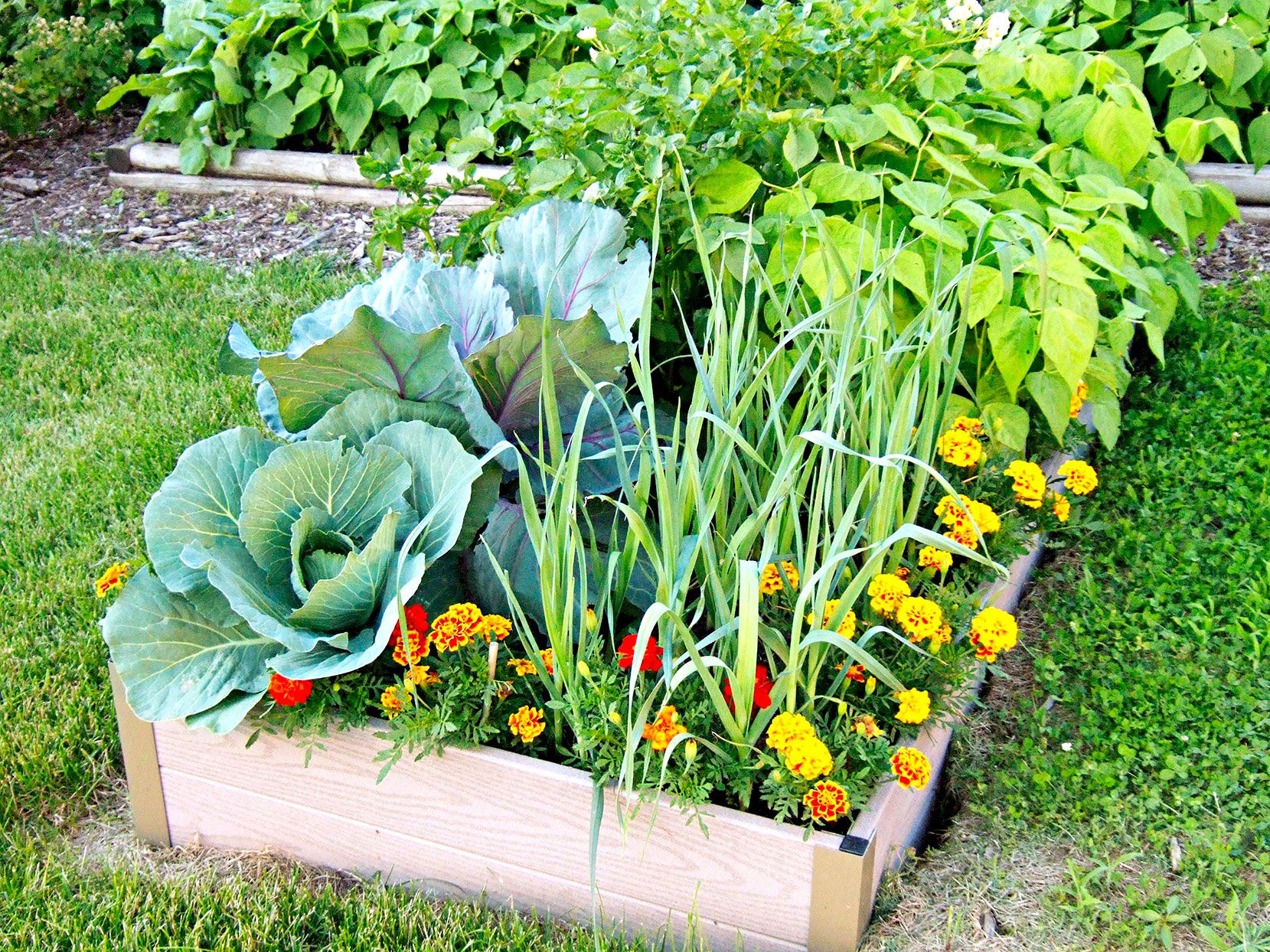
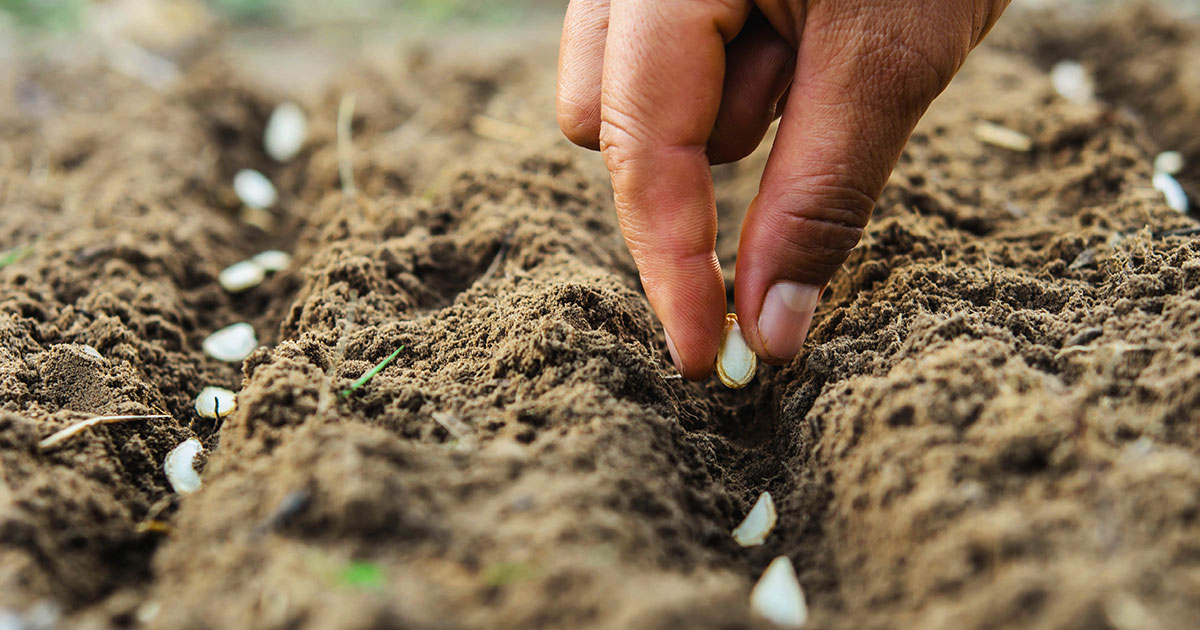
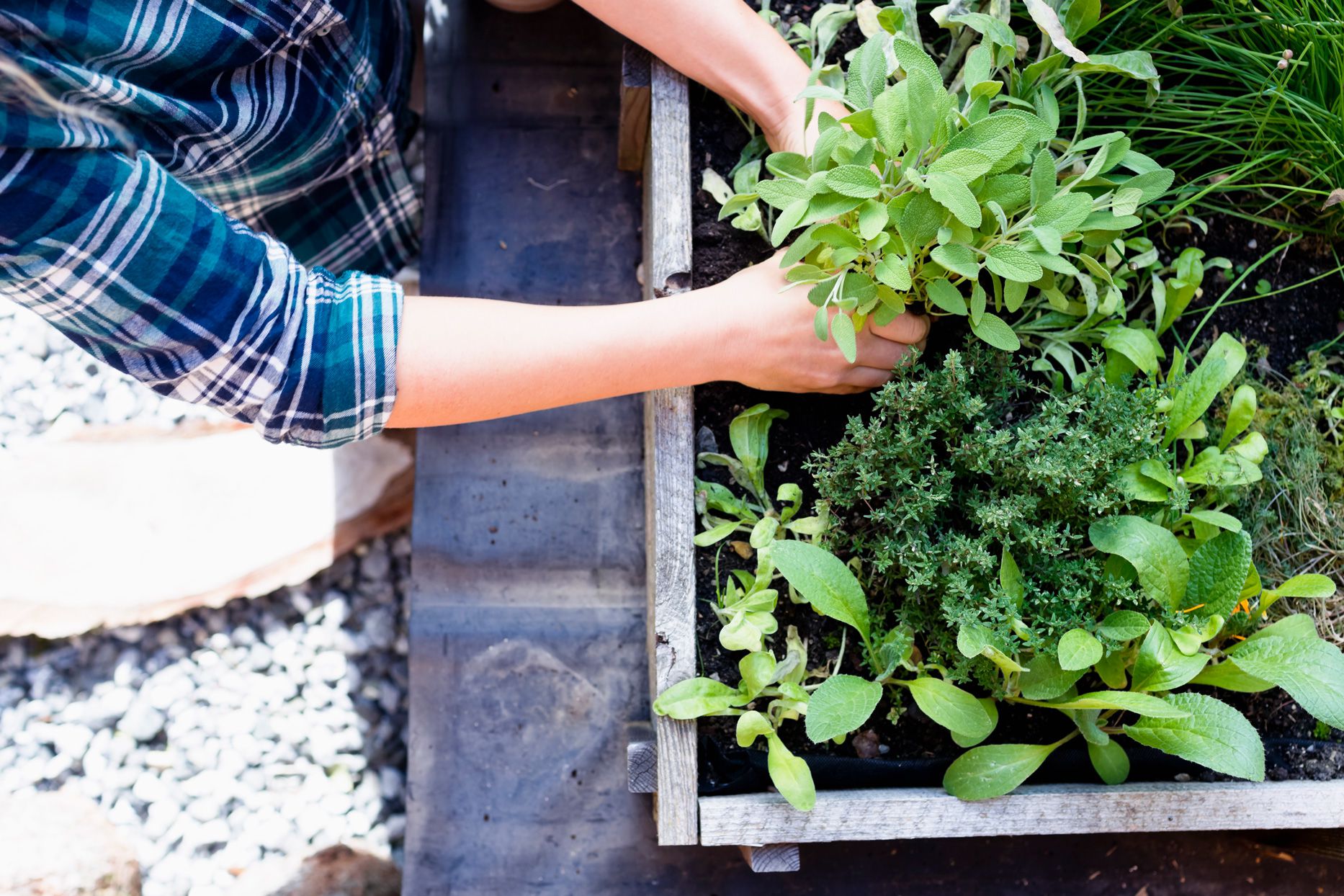
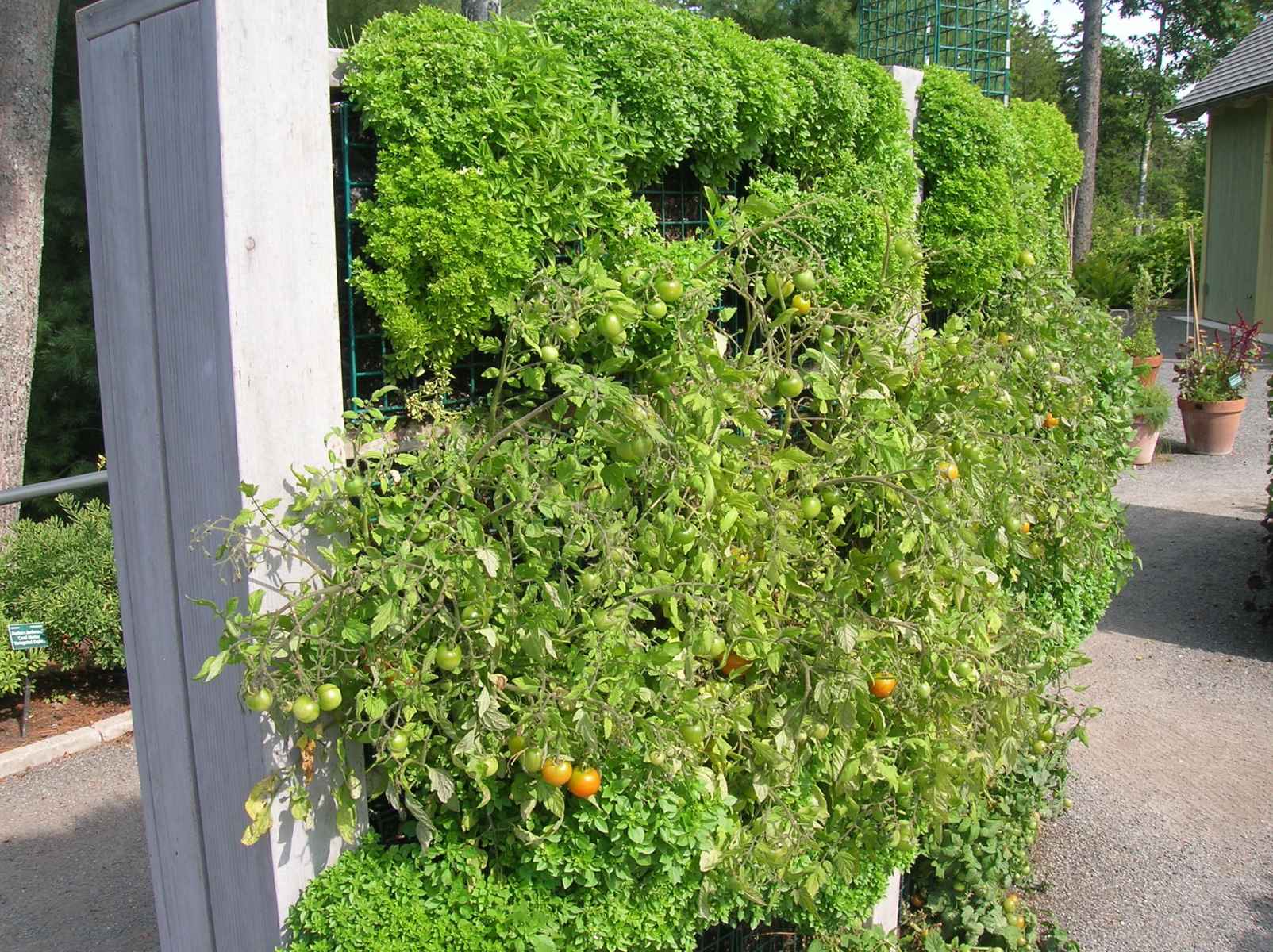
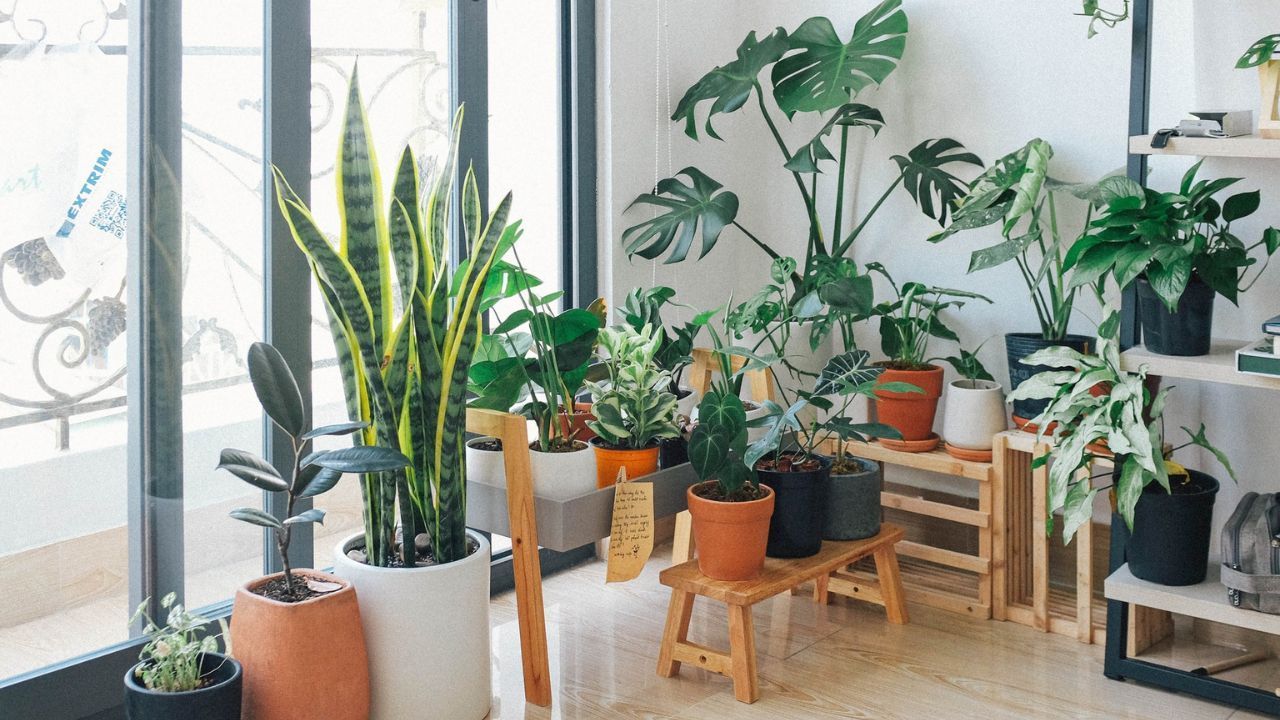
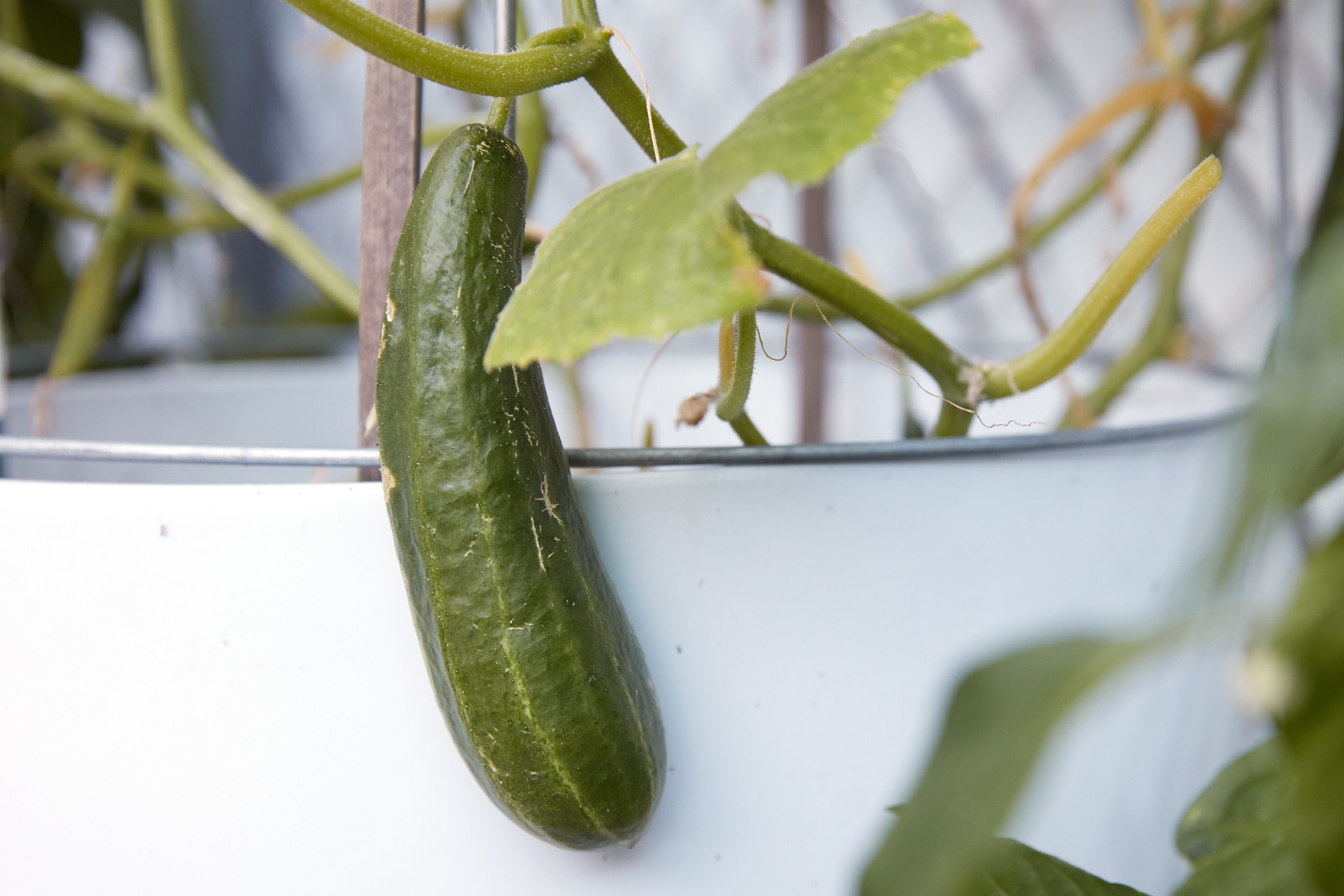
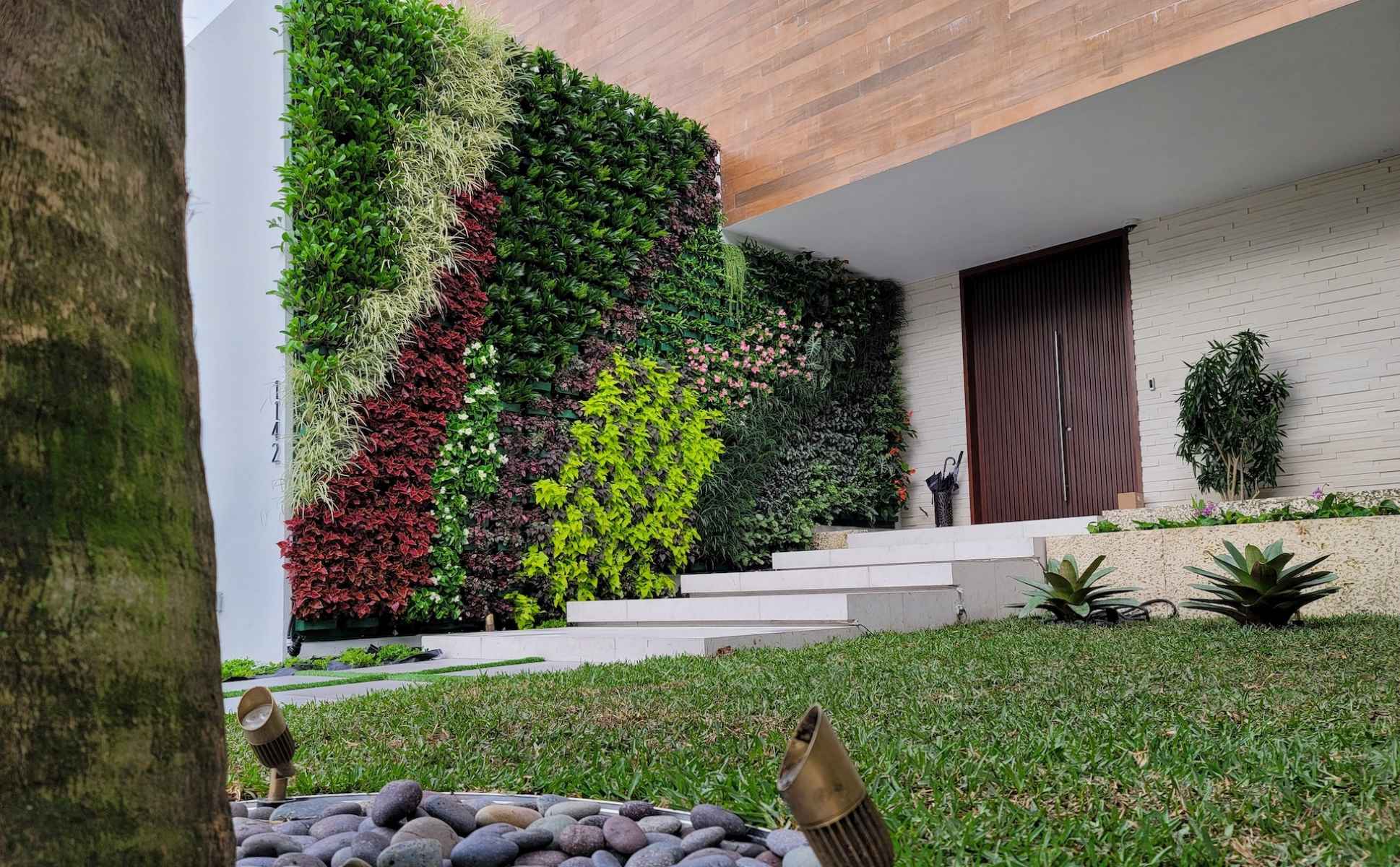
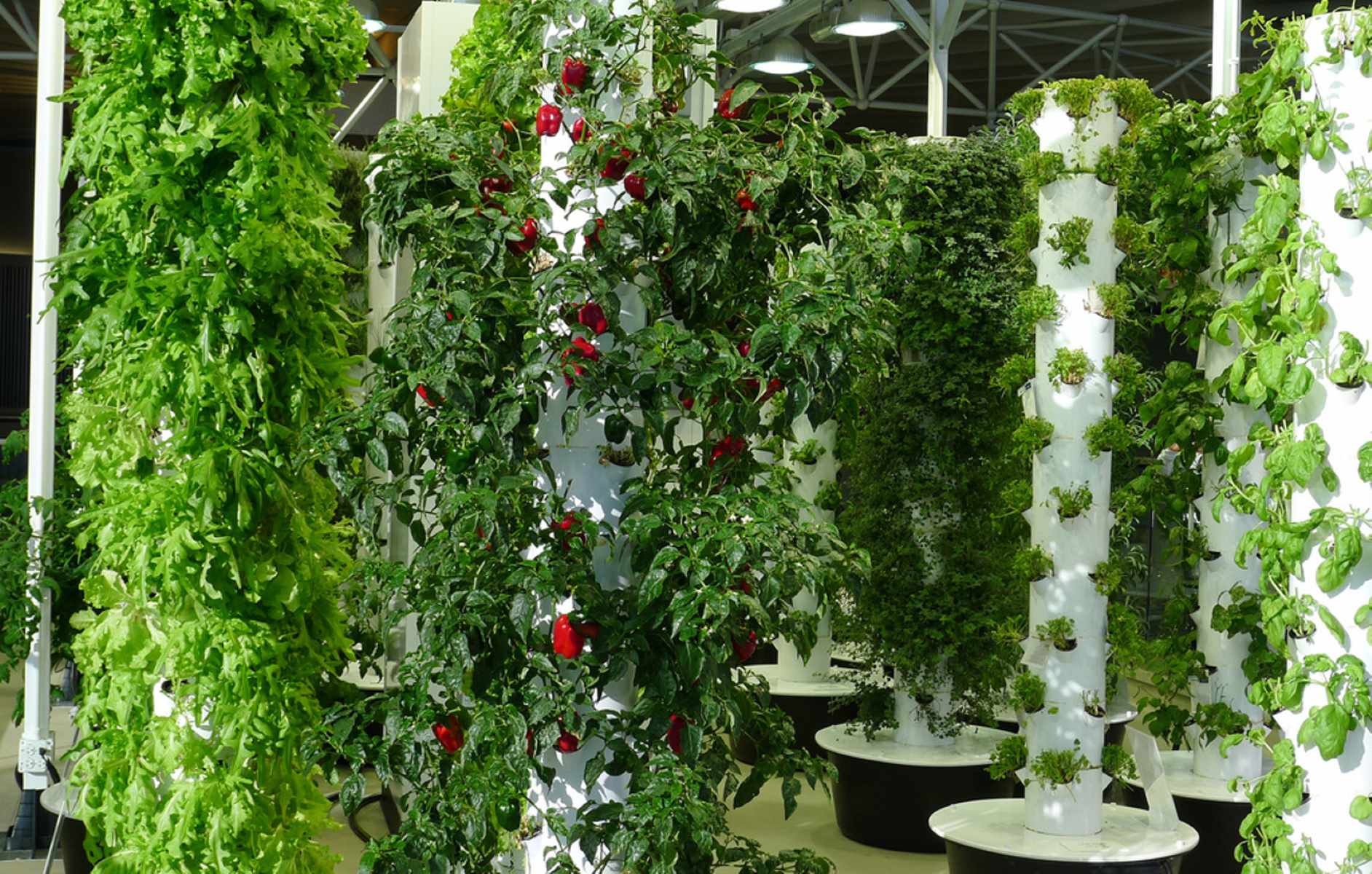
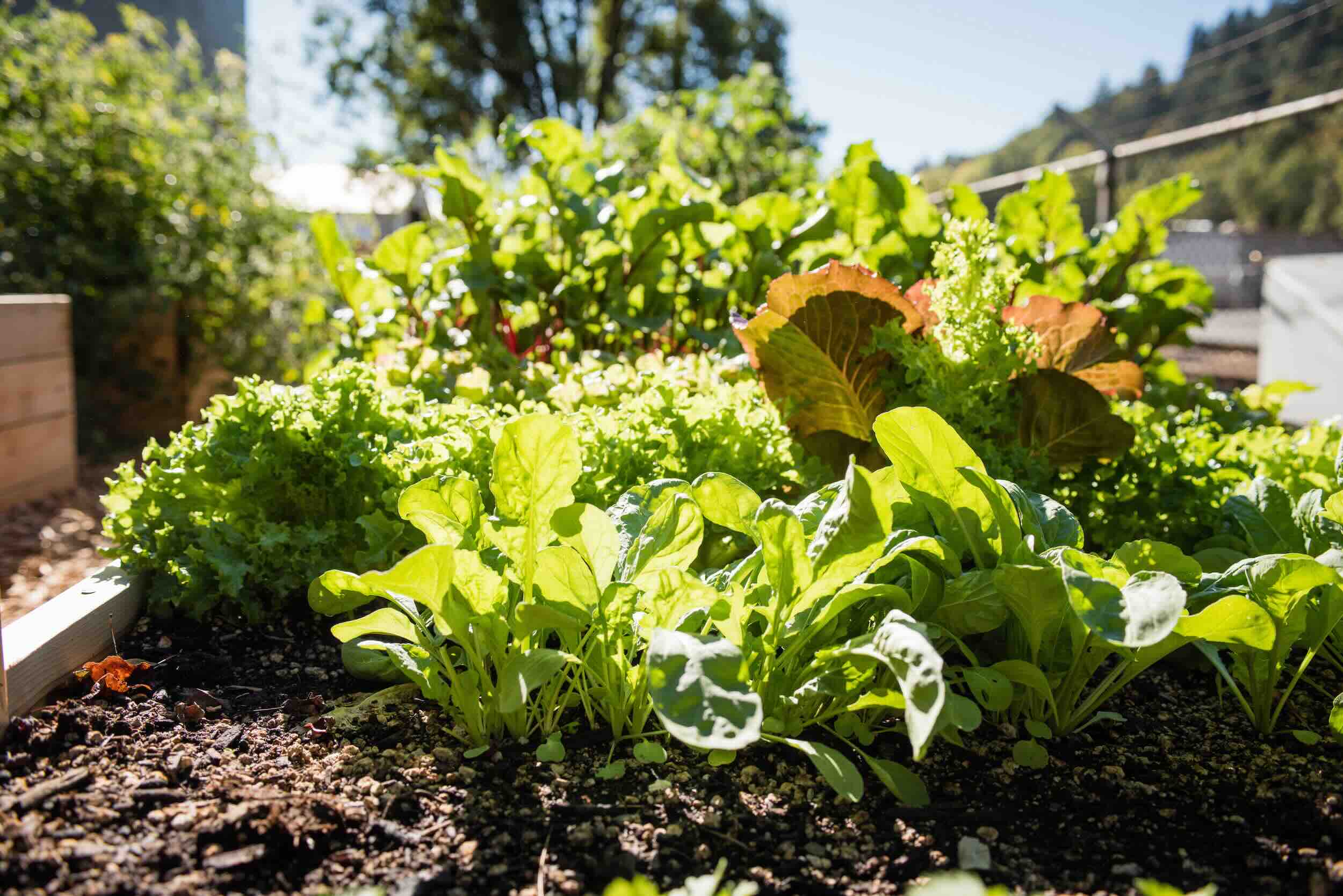
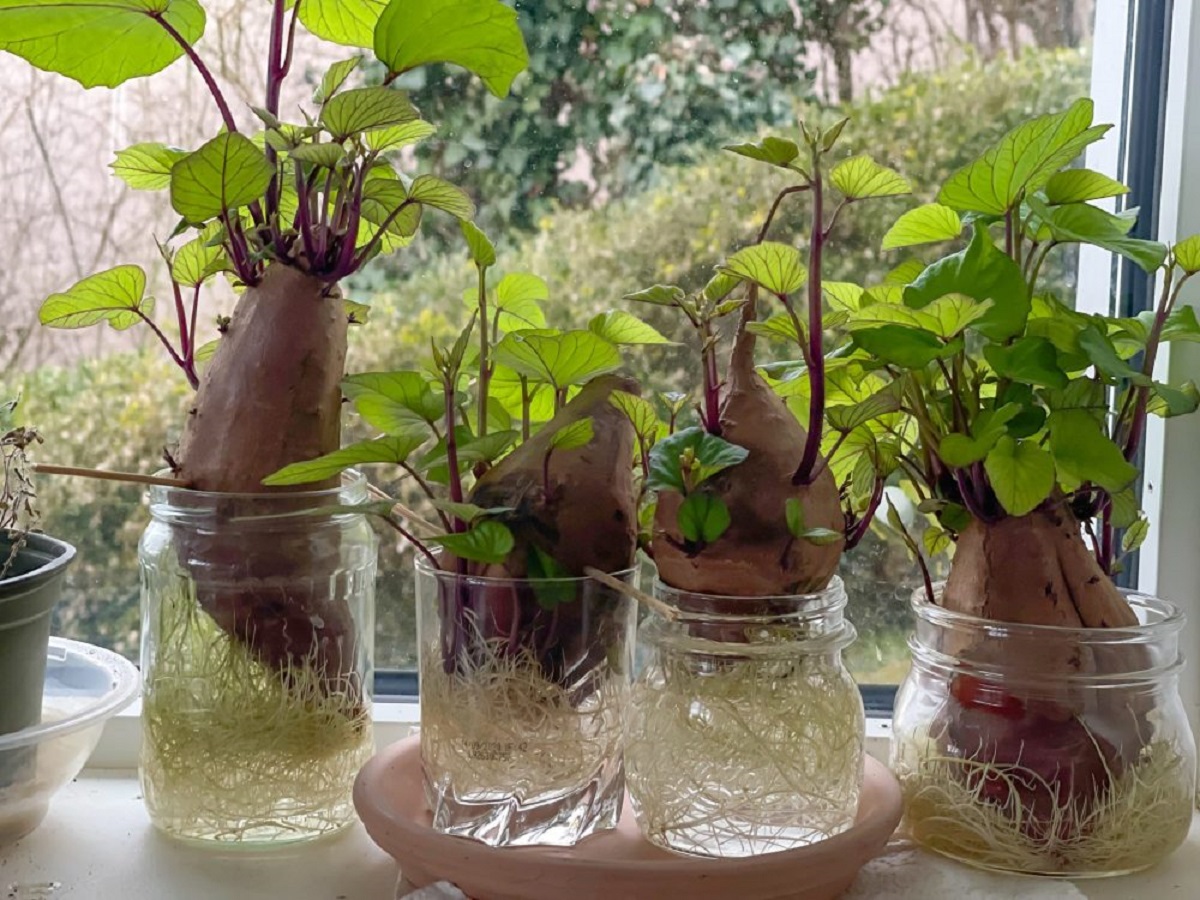
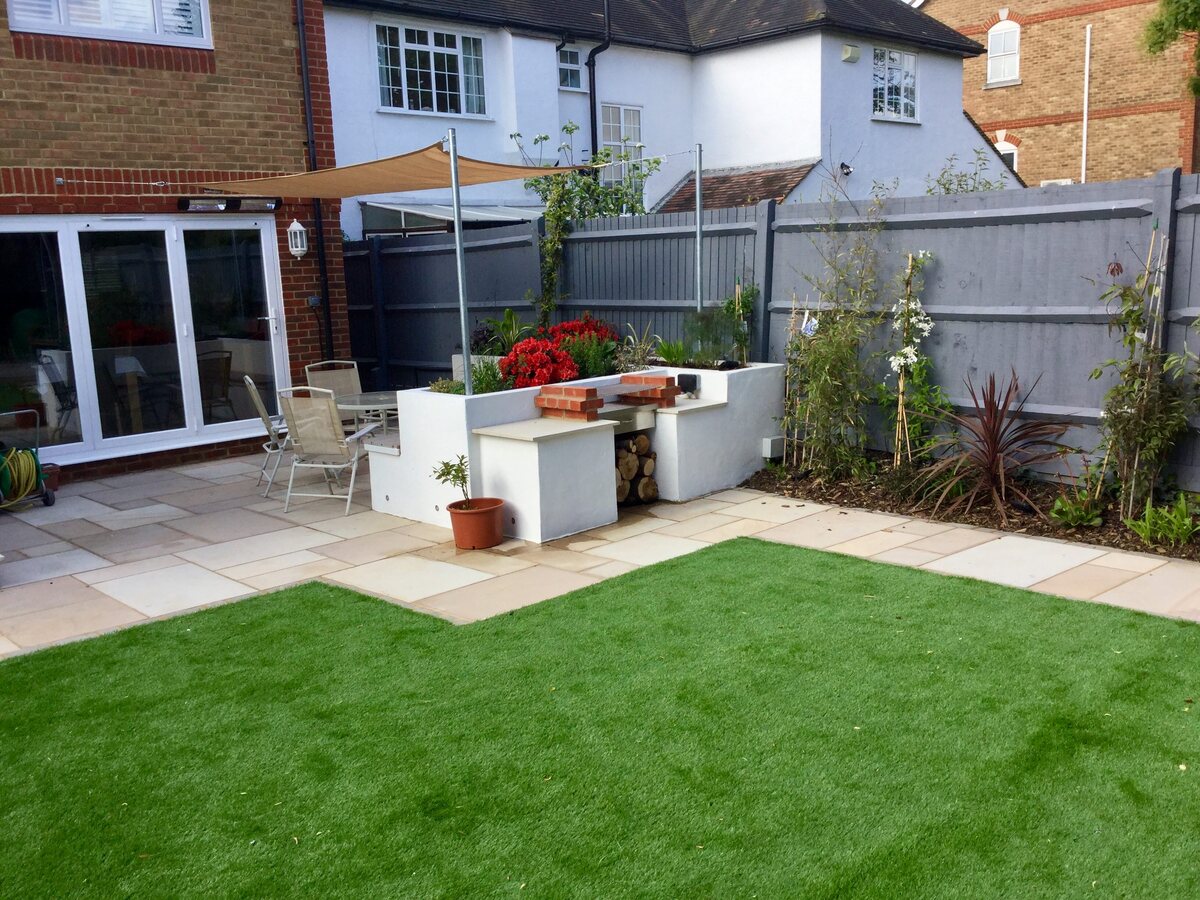
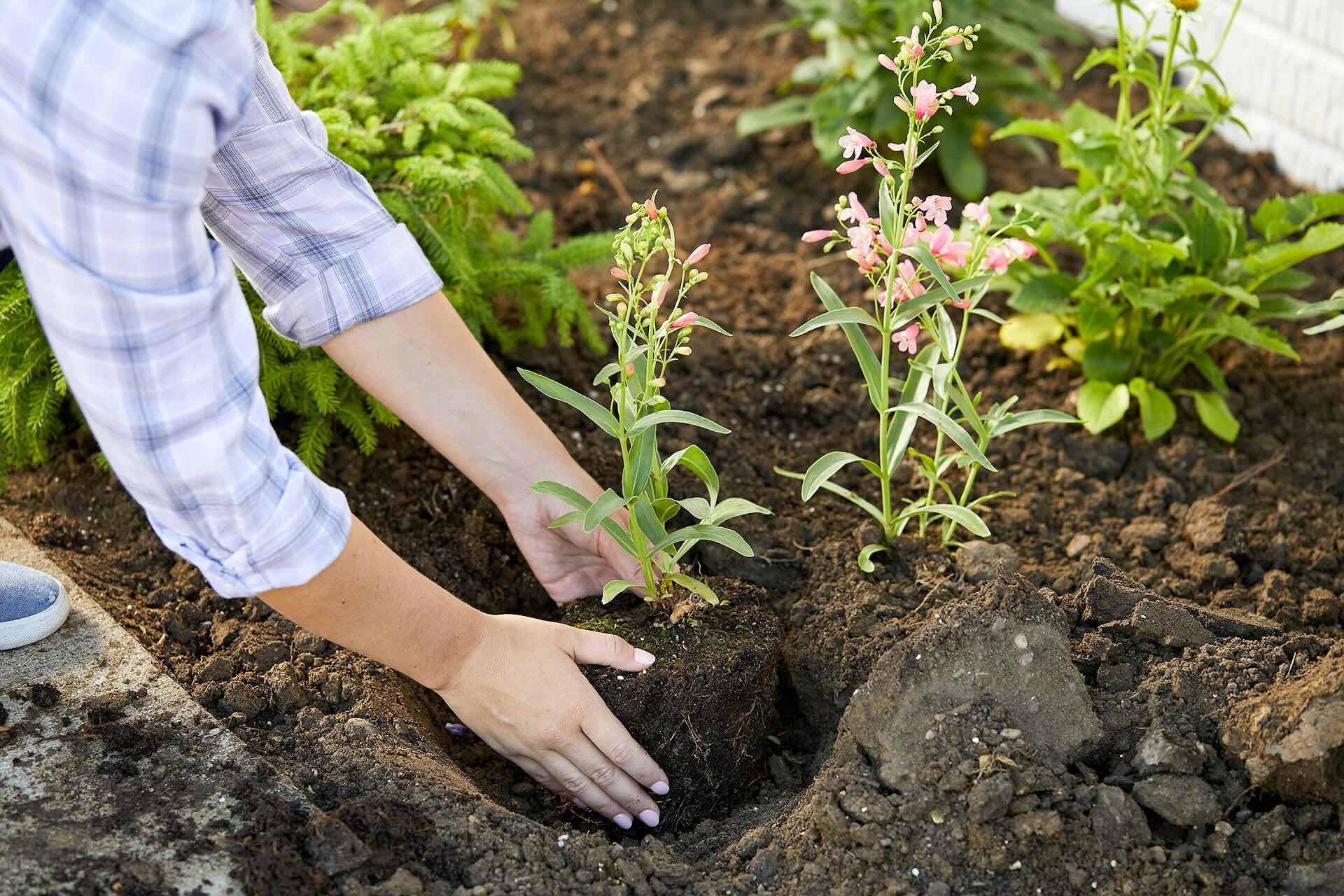
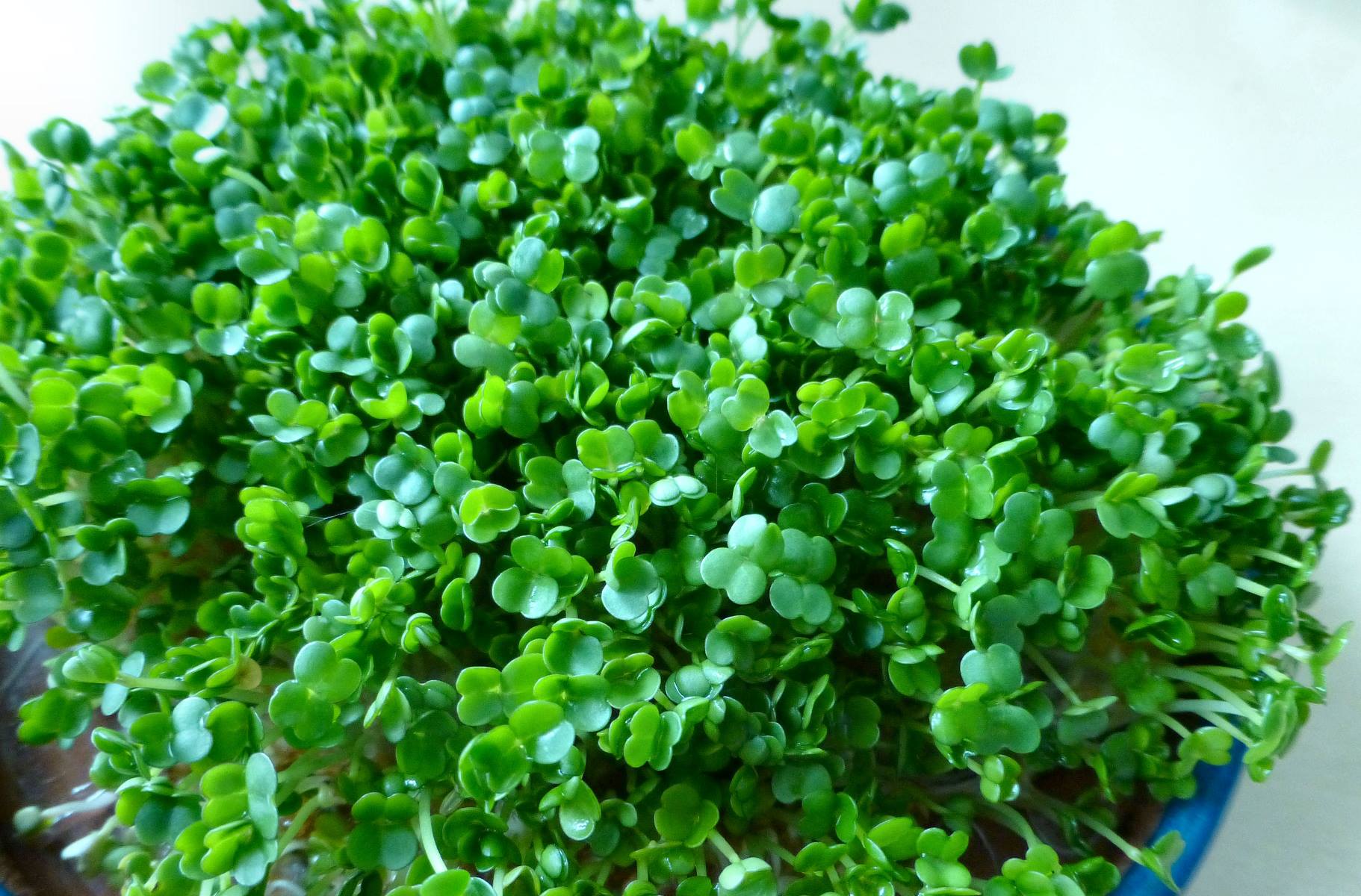

0 thoughts on “What To Grow In A Patio Garden”